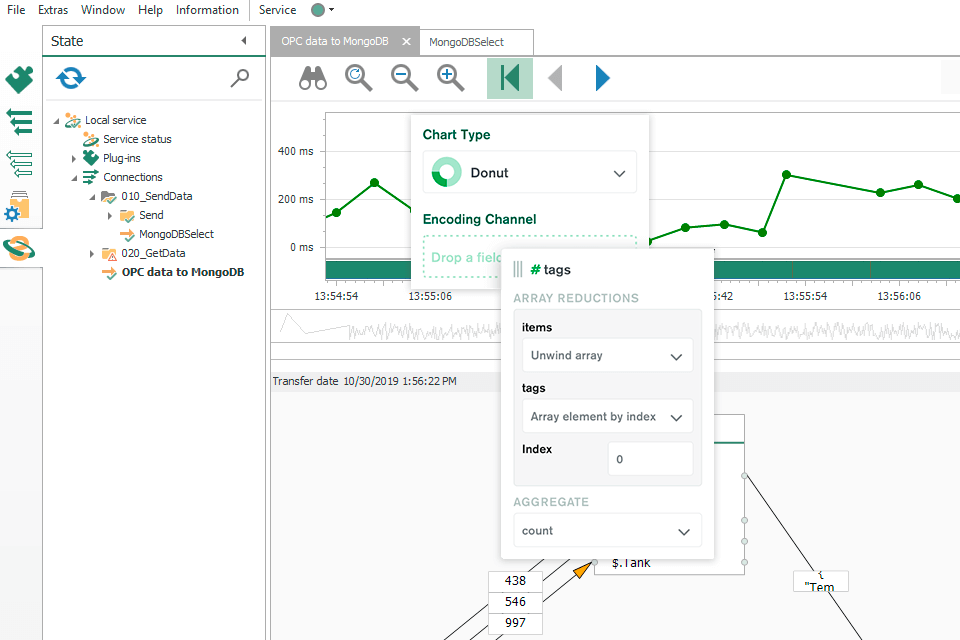
This method also doesn't guarantee 100% probability of audio stream integrity. But repeatable audio data reading from CD can cause different content in problematical places.įurther, the obtained data array is analyzed to additional ED. Re-reading from music data buffer have no sense, because there is same information for each re-reading. Re-reading performed several times.īuffering elimination is an attempt of forced cleaning of CD data buffer for each re-reading. Re-reading is repeated reading of CD track's fragment. But, I suppose, it is a matter of older drives. Probably, some drives can't calculate it. One error flag control audio data integrity of 1 byte of the raw audio information.
MAC DATABASE SOFTWARE REVIEWS SOFTWARE
The safe/secure compact disc ripper software may to apply additional fault detection and correction algorithm under data, that was before checked and corrected into CD drive. In case of unsuccessful fault elimination, error flag (C2) mark a broken byte. If it is detected, the drive tries to restore music information. So compact disc drive try to detect fault inside.

Ripper software's statistics collecting by multiple re-readings of your optical disc.ĬD-drive can correct faults and restore (with some probability) valid audio information (Reed–Solomon coding). If a CD ripper (that is used to copying of the majority) has a non-fixed bug, the same situation may happen too.Īlso, rare record or different optical disc version (pressing, mastering?) issues may be there. We can hope (without 100% warranty), that the majority (of similar checksums for some CD into the database) is the same checksum of the CD's original record.īut, in instance, if a serie of CD was manufactured without 100% identity to original studio files (for unknown to us reasons), then we have non-correct majority.


So ripped checksum compared with an array of uncertified checksums. But the database doesn't contain original record checksum.


 0 kommentar(er)
0 kommentar(er)
